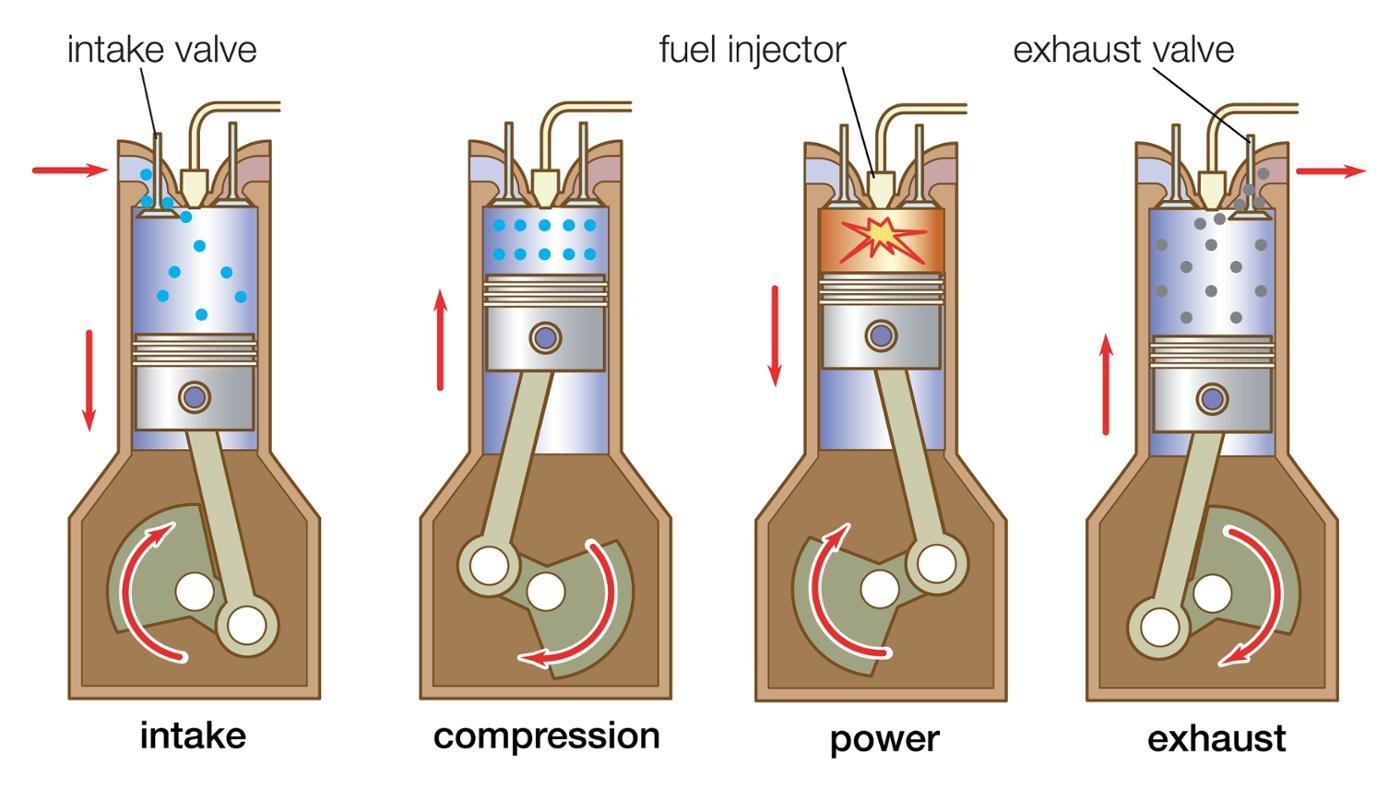The Mission for Ultimate Driving Power: Examining the Pinnacle of Engine Performance and Technological Advancements in the Automotive Field
In the realm of automobile engineering, the quest of maximum driving power has been an unrelenting quest that has actually unravelled with the development of engine design and the integration of innovative innovations. From the careful workmanship of combustion engines to the quick improvements in electrical propulsion systems, the vehicle field stands at the cusp of a new period identified by unprecedented efficiency capacities.
Advancement of Engine Layout

In addition, the integration of turbocharging and turbo charging modern technologies has actually revolutionized engine style by enhancing power without significantly raising engine size. These forced induction systems press the intake air, enabling even more gas to be combusted, thereby creating higher power result from a smaller engine. This development has actually been particularly crucial in enhancing the efficiency of smaller sized variation engines while preserving fuel effectiveness requirements.

Performance-Enhancing Gas Technologies
The application of advanced gas innovations has actually significantly added to improving engine performance in modern lorries. From typical gasoline and diesel to cutting-edge biofuels, artificial gas, and hydrogen, the automotive field is witnessing a revolution in fuel alternatives. Biofuels, stemmed from sustainable resources like corn, sugarcane, or algae, offer enhanced and lowered discharges engine efficiency. Artificial gas, produced via chemical procedures, supply high octane ratings, boosting power output. Hydrogen fuel cells, although still in the onset of adoption, show excellent guarantee due to their zero-emission nature and possibility for high performance. Furthermore, gas ingredients and detergents are being formulated to tidy engine elements, enhance burning, and reduce rubbing, thereby increasing overall car efficiency. With continuous r & d, the quest for the utmost driving power proceeds, as designers make every effort to open the complete potential of performance-enhancing gas modern technologies in the auto sector.
Developments in Electric Propulsion
Considerable strides in electric propulsion innovation have changed the vehicle industry, leading the means for a new age of efficient and lasting transport. Electric lorries (EVs) are obtaining popularity because of their environmental benefits and advancements in battery technology, making it possible for longer driving arrays and much shorter billing times. Makers are spending heavily in r & d to enhance the efficiency of electric propulsion systems, focusing on increasing power outcome, boosting energy effectiveness, and minimizing total weight.
One notable breakthrough in electric propulsion is the development of sophisticated electrical motors that supply greater torque and power density, leading to improved acceleration and general driving efficiency. Additionally, regenerative stopping systems have actually been refined to capture and save power throughout slowdown, further improving the efficiency of EVs.
Moreover, the assimilation of smart modern technologies, such as expert system and predictive analytics, is optimizing the administration of electric propulsion systems, making sure ideal efficiency under different driving conditions. These innovations in electrical propulsion are reshaping the auto landscape, driving the industry towards a much more lasting and energized future.
Influence of Computational Fluid Characteristics
With advancements in electric propulsion pressing the limits of automobile modern technology, the assimilation of Computational Fluid Characteristics is playing a pivotal role in optimizing aerodynamic performance and boosting general performance in automobile style. Computational Liquid Characteristics (CFD) includes making use of computer simulations to evaluate the you can find out more circulation of air around a lorry, enabling engineers to predict exactly how design adjustments will influence the rules of aerodynamics without the need for expensive physical prototypes. By precisely modeling air movement patterns, CFD enables the refinement of car shapes to minimize drag, boost cooling, and enhance security.
CFD makes it possible for designers to enhance airflow around components such as radiators, engine bays, and wheel wells, adding to boosted performance and overall driving experience. In final thought, the combination of Computational Liquid Dynamics represents a significant action ahead in the mission for best driving power and performance in the auto industry.
Future Fads in Engine Innovation
In the dynamic landscape of auto engineering, cutting-edge improvements are shaping the future trajectory of engine innovation. The future of engine style is marked by a solid emphasis on performance, sustainability, and performance. Producers are progressively concentrating on establishing engines that not just supply high power outputs but likewise focus on ecological duty by minimizing discharges and enhancing fuel efficiency.
One popular trend in engine development is the increase of electrification. Crossbreed and electric powertrains are gaining traction as viable alternatives to typical combustion engines. These modern technologies supply the possibility for substantial reductions in carbon exhausts and raised power efficiency, lining up with global efforts to deal with climate modification.
Additionally, developments in products science and production strategies are enabling the manufacturing of lighter and extra resilient engine elements. This shift towards light-weight products such as carbon fiber and light weight aluminum alloys adds to improved efficiency and gas economy.
Verdict
To conclude, the pursuit of utmost driving power in the look these up automotive market continues to drive advancements in engine style, fuel modern technologies, electric propulsion, and computational fluid characteristics. The development of these innovations is forming the future of engine innovation, leading the way for a lot more powerful and effective lorries (engines for africa). As the sector remains to press the borders of what is possible, we can expect to see a lot more groundbreaking advancements in the mission for peak efficiency
One of the crucial turning points in engine design advancement is the shift from traditional carbureted engines to modern fuel-injected systems. By exactly metering the fuel shipment to each cyndrical tube, fuel-injected engines enhance combustion, resulting in much better efficiency and decreased ecological impact.
Furthermore, the integration of turbocharging and turbo charging innovations has actually changed engine design by increasing power without dramatically enhancing engine size (engines for africa).The application of sophisticated fuel modern technologies has substantially contributed to improving engine efficiency in contemporary vehicles. Additionally, gas additives and cleaning agents my explanation are being developed to tidy engine components, enhance combustion, and reduce friction, consequently increasing overall vehicle efficiency